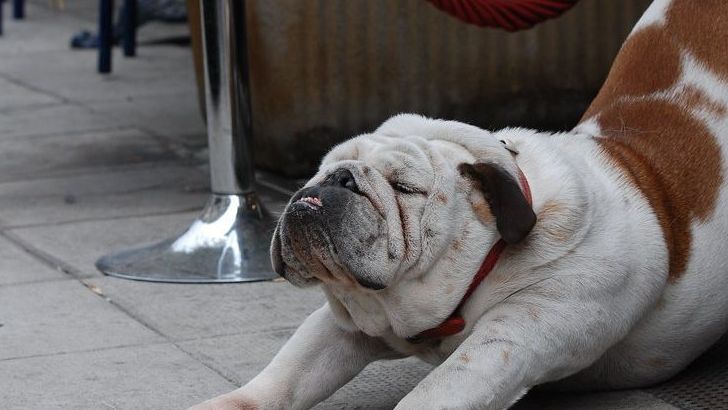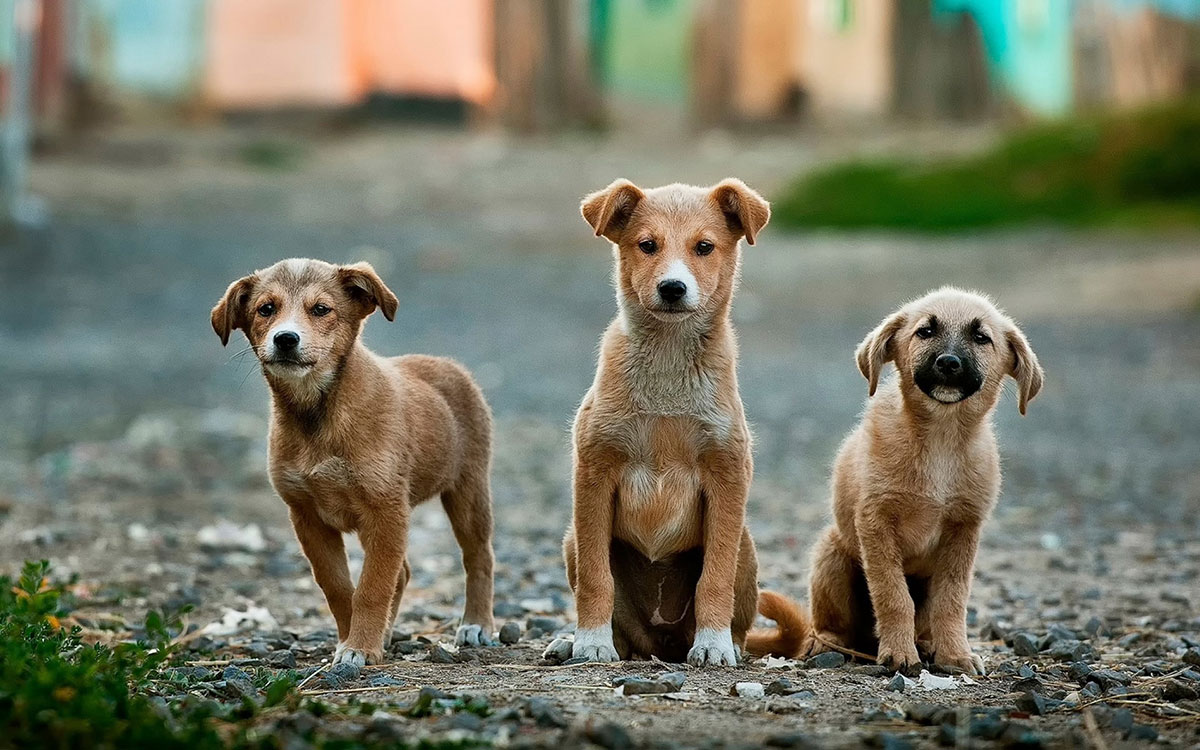Look, I’ll be honest with you. When I first started training dogs, I thought every pup would eagerly follow commands like those Border Collies you see on YouTube. Boy, was I wrong! Some breeds just march to their own drumbeat, and honestly, that’s what makes them so endearing yet completely maddening at the same time.
These dogs aren’t actually “dumb” – they’re often brilliant in their own stubborn ways. They’ve just been bred for centuries to think independently, hunt solo, or guard territories without needing constant human direction. The problem is, modern life requires a bit more cooperation than their ancestors ever needed to provide.
If you’re struggling with a dog who seems to have selective hearing, you’re definitely not alone. Let’s dive into the breeds that consistently test their owners’ patience and discover why these lovable rebels do what they do.
Afghan Hound: The Supermodel Who Won’t Take Direction

The Afghan Hound tops the list of “dumbest dog breeds” according to The Intelligence of Dogs, and is generally accepted as the least intelligent dog breed of them all. These gorgeous sighthounds were bred to hunt independently in the rugged mountains of Afghanistan, which means they’re hardwired to make their own decisions.
They only obey the first command a quarter of the time, and they require a whopping 80 to 100 repetitions before they’re able to understand new ones. When you’re trying to teach your Afghan to sit and they’re staring off into the distance like they’re posing for Vogue, remember that they simply prefer to think for themselves and do things on their own terms.
Basenji: The Silent Treatment Expert

It is widely accepted that Basenjis rank among the least intelligent dogs, though Basenjis don’t come across as dumb because they’re not. These ancient African hunting dogs are famous for not barking, but their silence doesn’t mean they’re listening to you either.
They’re more interested in teaching their owners how to hunt than learning how to perform tricks and commands. They can make for nice family dogs, but they are incredibly stubborn. Think of them as the strong, silent type who’ll do things their way, thank you very much.
Bulldog: The Lovable Couch Potato

Bulldogs are not intelligent enough and hold the third position on the Coren list of the least intelligent dog breeds. Bulldogs are pretty stubborn and learn only a few commands. Originally bred for bull-baiting, these dogs were meant to be fearless and tenacious, not necessarily obedient.
Bulldogs are known to be one of the least trainable dogs out there. This could be because of their stubbornness, but most people think that it’s because they’re a very lazy dog breed. When your Bulldog ignores your “come” command, they might just be calculating whether it’s worth leaving their favorite sunny spot.
Chow Chow: The Fluffy Independent Thinker

Chows are strong-willed and stubborn, and therefore more difficult to train, which lands them a spot on the list of dumbest dog breeds. These teddy bear lookalikes were bred as guard dogs in ancient China, which means they’re naturally suspicious and prefer to assess situations themselves.
They have so much lower intelligence that Professor Coren said, ‘There is probably furniture out there that is more trainable than chows’. Despite this harsh assessment, Chows are intelligent – they just have minds of their own. They need firm but positive training from an early age.
Borzoi: The Elegant Escape Artist

Meet the Borzoi: one of the fastest dog breeds on Earth. This beautiful dog breed hails from Russia and was once favored by Tsars and used to hunt wolves. These graceful sighthounds have incredibly high instinctive intelligence when it comes to hunting, but it’s the adaptive and obedience side of the intelligence scale where this breed scores low.
Like other sighthounds, this means that much of their time is spent with their eyes scanning the distance, which means they’re easily distracted and will bolt when they spot “prey”. Training sessions with a Borzoi can feel like trying to teach algebra to someone who’s constantly looking out the window for squirrels.
Mastiff: The Gentle Giant Who Takes His Time

The large, laid-back Mastiff is a very chilled dog. So much so, in fact, that you might think they’re a little dense. These massive dogs aren’t actually slow learners – Mastiffs are actually quite bright; they just get bored of training easily, so keep things short and positive.
Their low rankings in intelligence assessments could be due to their calm and deliberate approach to learning, often leading them to be lovingly labeled as ‘dopey giants’. When your 150-pound Mastiff decides to sit in the middle of the sidewalk, good luck convincing them otherwise without the right motivation.
Bloodhound: The Nose That Knows Better

The bloodhound appears among the least intelligent dog breeds. They are independent and sometimes stubborn, which makes training them properly challenging. However, these incredible scent hounds have a different kind of intelligence that we often don’t appreciate in our living rooms.
Originally bred for tracking scent trails, these dogs possess an intense drive to follow their noses. While their single-minded focus on scents might affect their performance in traditional obedience tasks, their determination and loyalty make them valuable assets in search-and-rescue operations. They’re not ignoring you – they’re just following something way more interesting than your voice.
Pekingese: The Royal Treatment Seeker

The Pekingese is a small breed with a distinctive squashed face and a regal demeanor. Bred for companionship in ancient China, they have an independent and self-assured personality. These little emperors were literally bred to be lap dogs for Chinese royalty, so modern obedience training feels beneath their station.
Pekingese dogs are bred for companionship and comfort, so many pet parents neglect their training in favor of snuggling. The breed is capable of learning commands well, but they can be stubborn and may take a little extra time to train. They’re perfectly capable of learning – they just need to be convinced it’s worth their royal time.
Basset Hound: The Laid-Back Scenthound

Like the Pekingese, Basset Hounds can be a bit lazy. This could be in part due to their long and low bodies or their laid-back personalities. These adorable droopy-eared dogs were bred to follow scent trails at a steady, methodical pace, not to sprint through agility courses.
Bassets can be a little stubborn, and like their scenthound cousins, Bloodhounds and Beagles, Bassets might have trouble ignoring the amazing scents around them long enough to concentrate on learning. When you’re calling their name and they’re nose-deep in something fascinating, they’re not being defiant – they’re just doing exactly what they were bred to do.
Shiba Inu: The Drama Queen of the Dog World

Though not always on the traditional “dumbest” lists, Shiba Inus deserve a mention for their legendary stubbornness. Shiba Inus are among the most popular dog breeds due to their fox-like appearance. However, they are also known for their stubborn and independent nature.
These Japanese dogs are incredibly intelligent but have perfected the art of selective hearing. They understand exactly what you want – they just need to decide if they agree with your request. Training a Shiba Inu requires the patience of a saint and the negotiation skills of a diplomat. They’re the dogs that will look you straight in the eye while deliberately doing the opposite of what you asked.
The Truth About “Dumb” Dogs

Here’s what I’ve learned after years of working with these so-called “difficult” breeds: they’re not dumb at all. Coren defines three aspects of dog intelligence in the book: instinctive intelligence, adaptive intelligence, and working and obedience intelligence. Instinctive intelligence refers to a dog’s ability to perform the tasks it was bred for, such as herding, pointing, fetching, guarding, or supplying companionship. Adaptive intelligence refers to a dog’s ability to solve problems on its own. Working and obedience intelligence refers to a dog’s ability to learn from humans.
Most of these breeds score incredibly high on instinctive intelligence. They’re brilliant at what they were designed to do – it’s just that sitting on command wasn’t part of their original job description. Dogs bred for independent roles may not respond as readily to traditional obedience training compared to breeds specifically bred for companionship and a strong desire to please. Recognizing this difference allows you to adjust your expectations and training techniques to better suit your dog’s inherent nature. By respecting and working with their natural tendencies, rather than against them, you create a more harmonious and effective training environment.
The key to success with these breeds isn’t forcing them into submission – it’s finding what motivates them and making training feel like their idea. Dogs respond best to positive reinforcement training, not punishment. When training stubborn breeds, the reward needs to be irresistible. Sometimes that means high-value treats, sometimes it means making training sessions shorter, and sometimes it means accepting that your Afghan Hound will never be a Border Collie, and that’s perfectly okay.
What do you think about these independent spirits? Have you experienced the joys and frustrations of training a “stubborn” breed? Tell us in the comments about your adventures with these lovable rebels.

Gargi from India has a Masters in History, and a Bachelor of Education. An animal lover, she is keen on crafting stories and creating content while pursuing a career in education.






